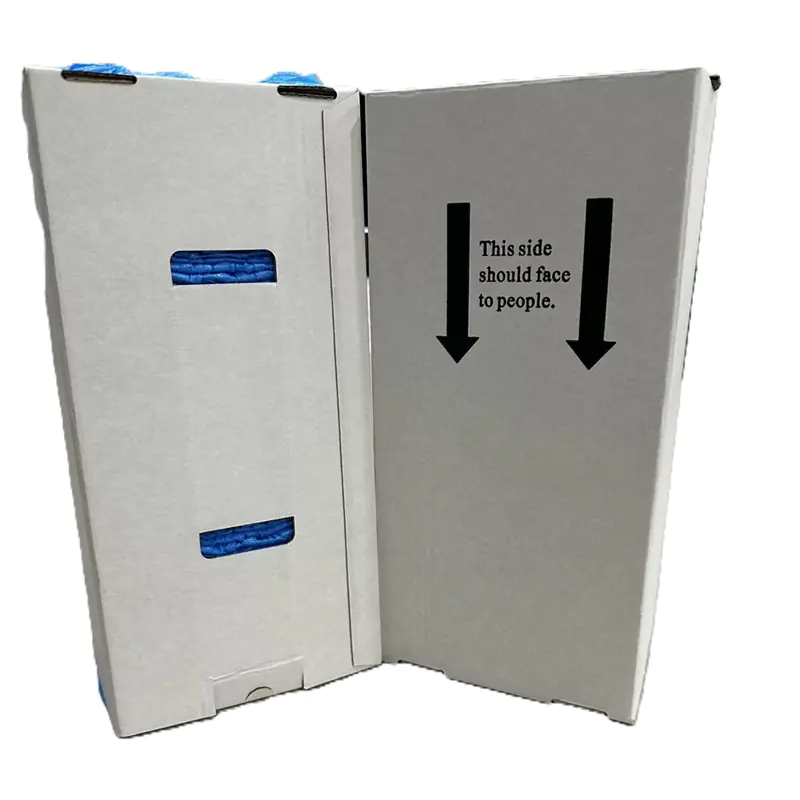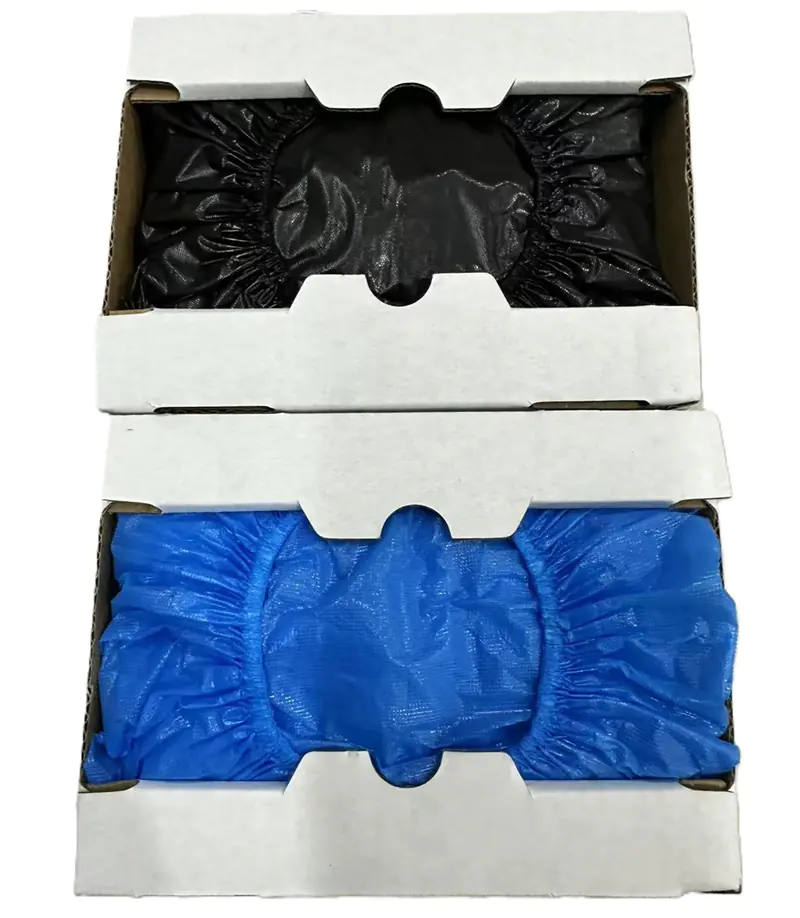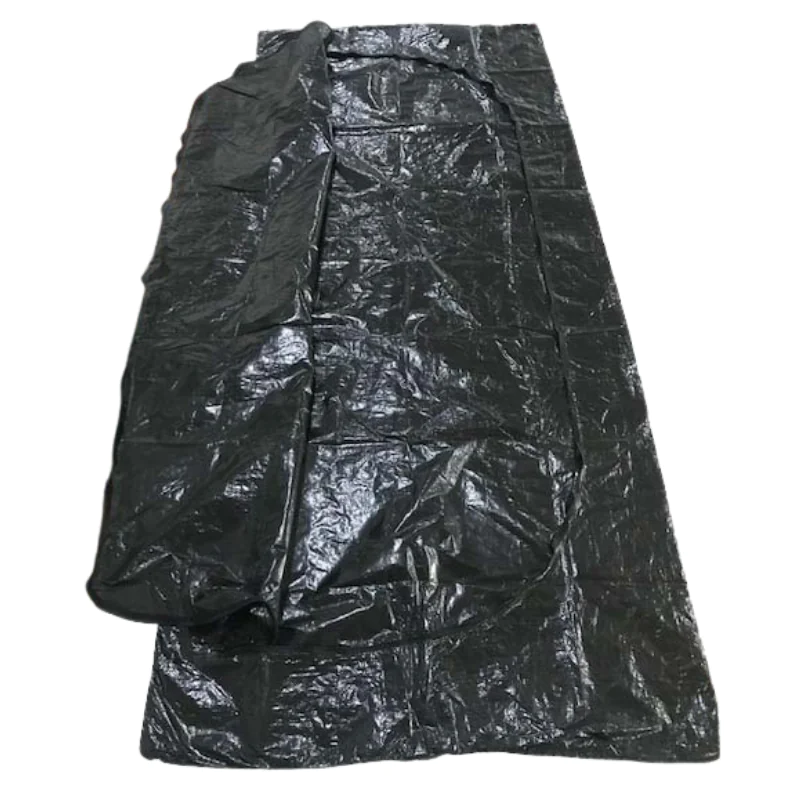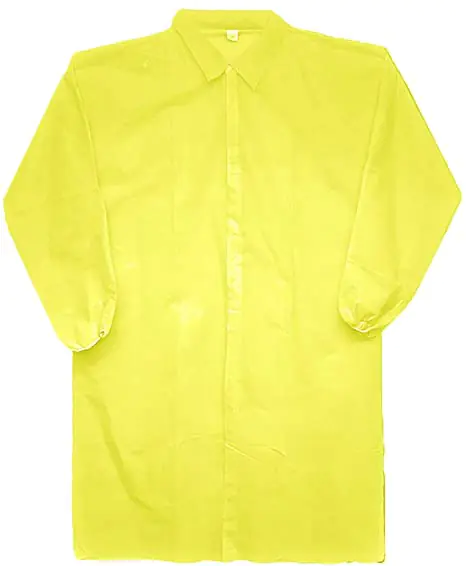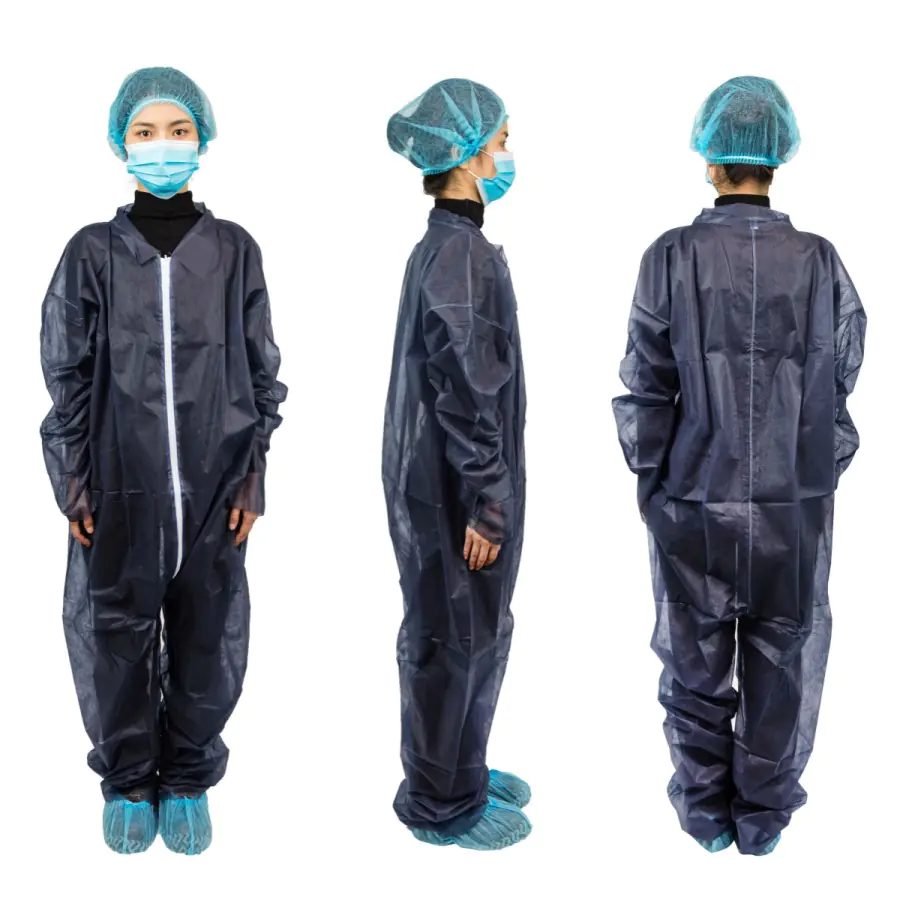In places like hôpitaux et care homes, moving patients safely is a very important job. Healthcare workers often need to move patients who cannot move well on their own. This could be from a bed to a chair, or from one bed to another. To do this safely, they use special tools. One of these tools is a disposable transfer pad.
A disposable transfer pad is a special kind of sheet. It helps workers slide a patient smoothly and with less effort. Because it is jetable, it is used one time for one patient and then thrown away. This is great for keeping things clean and stopping germs. But not all tampons de transfert are the same. The matériel they are made from makes a big difference. Let’s look at what makes the best disposable transfer pad pour professional use.
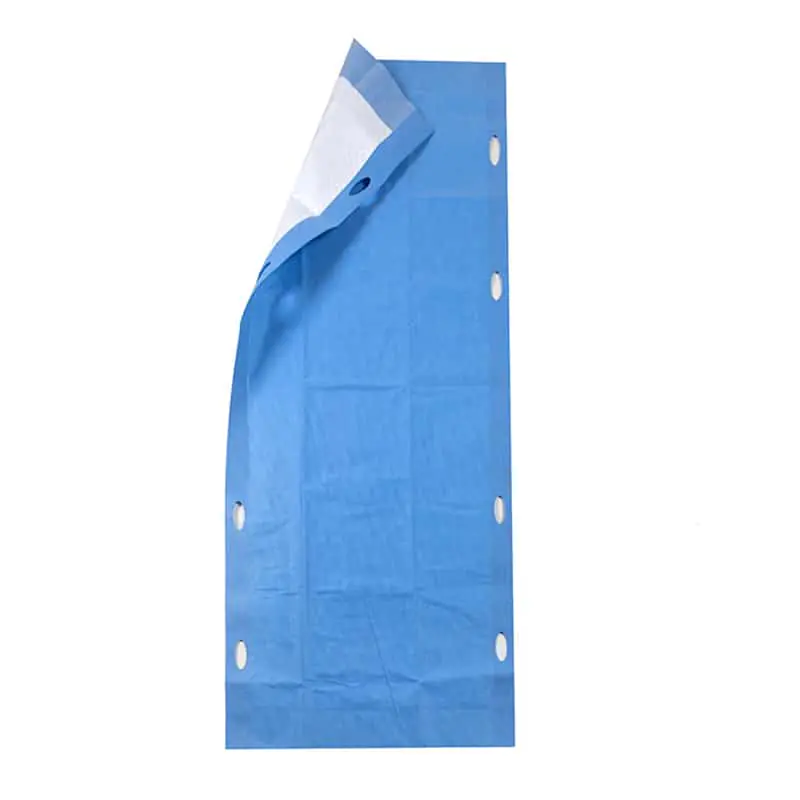
Why Are Disposable Transfer Pads So Important?
Before we talk about materials, let’s see why these pads are so useful:
- Patient Safety: They help move patients gently. This lowers the chance of the patient getting hurt during a move.
- Worker Safety: Moving patients can be hard work. Transfer pads make it easier for workers. This can stop workers from hurting their backs or other parts of their bodies.
- Contrôle des infections: Because they are jetable, each pad is fresh et clean. This helps stop germs from spreading between patients. This is very important en hôpitaux.
- Comfort for the Patient: A good transfer pad can make the move more comfortable for the patient.
- Saves Time: They can make moving patients quicker and easier.
What to Look for in a Disposable Transfer Pad Material
Le matériel of a transfer pad is key to how well it works. Here are some important things to think about when looking at materials:
1. How Strong is It? (Strength and Durability)
This is super important. A transfer pad must be strong enough to hold the patient’s weight without ripping.
- Tear Resistance: The matériel should not tear easily. When workers are pulling or sliding the pad, it needs to stay in one piece.
- Weight Capacity: The pad should be able to hold the weight of the patients you will be moving. Some pads are made for heavier patients.
- Good Seams: If the pad has handles or edges that are sewn, these seams need to be very strong.
- Why it Matters: If a pad breaks during a move, it could be very dangerous for both the patient and the worker. You need a matériel you can trust. For example, a feuille de transfert jetable à fort pouvoir absorbant is designed for strength.
2. How Slippery is It? (Low Friction)
The main job of a transfer pad is to help the patient slide. So, the bottom of the pad needs to be slippery.
- Smooth Surface: The matériel on the bottom should be very smooth. This makes it slide easily over a bed sheet or mattress.
- Reduces Rubbing: This low-friction surface means less rubbing on the patient’s skin. It also means workers do not have to pull as hard.
- Why it Matters: A pad that slides easily makes the move much smoother. This is safer for the patient’s skin and easier on the worker’s body.
3. Is It Waterproof or Absorbent? (Fluid Management)
Sometimes, there might be liquids on the bed or from the patient.
- Waterproof Layer: Many tampons de transfert have a waterproof bottom layer. This stops any liquids from soaking through to the bed or surface below. This is very important pour cleanliness et infection control.
- Absorbent Top Layer: Some pads also have a top layer that can soak up small amounts of liquid. This helps keep the patient dry and comfortable.
- Why it Matters: Keeping liquids contained helps keep things clean. It also protects the bed and makes clean-up easier. Some disposable absorbent underpads for adults and children are great for this.
4. Is It Gentle on Skin? (Patient Comfort and Safety)
The part of the pad that touches the patient should be safe et comfortable.
- Soft Material: The top surface should be soft and not rough. This helps prevent skin irritation.
- Breathable (Maybe): For pads that might be under a patient for a little while, a breathable material can help keep the skin healthy. But, for a quick transfer, this might be less important than strength.
- No Harmful Things: The matériel should not have any chemicals that could harm the patient’s skin. It should be hypoallergenic if possible, meaning it is less likely to cause allergies.
- Why it Matters: Patient comfort is always important. Protecting their skin from damage during a move is a big part of good care.
5. Is It Easy for Workers to Use? (Handles and Size)
Le design of the pad, linked to its matériel, affects how easy it is to use.
- Poignées: Many tampons de transfert have strong handles sewn onto the sides. These handles give workers a good grip. The matériel of the handles and how they are attached must be very strong.
- Good Size: The pad needs to be big enough for the patient but not too big to handle.
- Léger: The pad itself should be lightweight so it is easy for workers to carry and position.
- Why it Matters: If the pad is easy to use, workers are more likely to use it right. This makes moves safer. A feuille de transfert de patient jetable avec poignées often has these features.
6. Is It Really Disposable? (Single-Use Design)
The whole idea of a disposable transfer pad is that it is used once.
- Made for One Use: The materials should be chosen to work well for one use. They do not need to last for many uses.
- Easy to Throw Away: After use, it should be easy to fold up and throw away safely.
- Why it Matters: Being jetable is key for stopping germs. It saves temps too, as there is no need for washing.
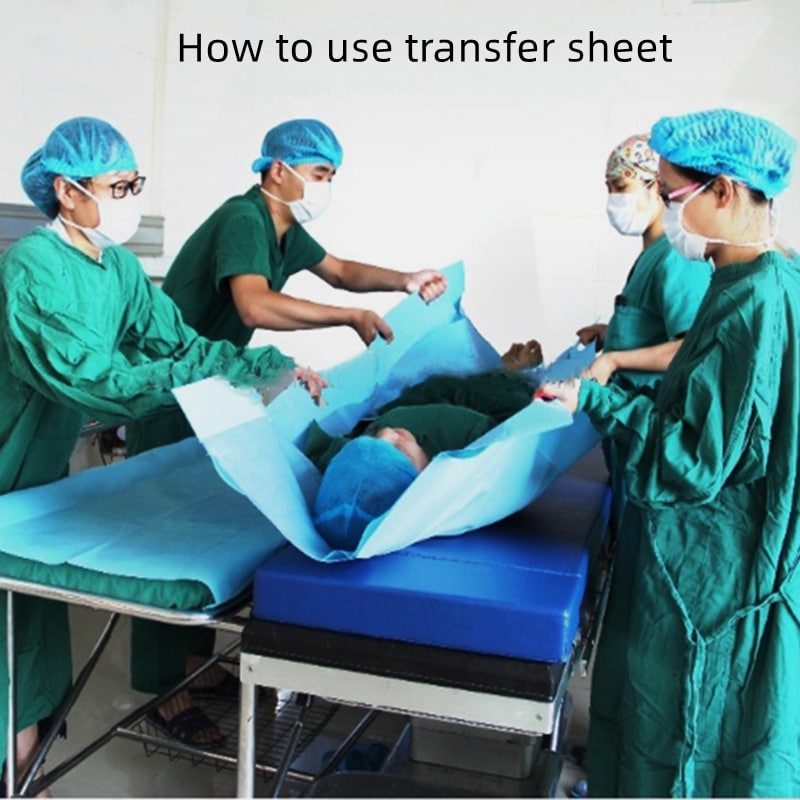
Common Materials Used in Disposable Transfer Pads
Different makers use different materials or combinations of materials. Here are some common ones:
- Non-Woven Fabrics: These are very common.
- What They Are: Non-woven fabrics are made by pressing or bonding fibers together, not by weaving them like cloth.
- Good Things: They can be made strong. They can be soft. They are often lightweight. They can be made to be absorbent on one side and waterproof on the other. They are usually not too costly.
- Examples: Polypropylene (PP) is a common non-woven material. Sometimes you see SMS tissu, which has three layers and is quite strong.
- Plastic Films (Polyethylene – PE):
- What They Are: Thin sheets of plastique.
- Good Things: Plastic films are very good at being waterproof. They can also be made very slippery, which is great for the bottom of a transfer pad. They are also lightweight.
- How Used: Often, a plastic film is used as the bottom layer of the pad to make it waterproof and slippery.
- Spunbond Material:
- What It Is: This is a type of non-woven fabric made in a special way that makes it strong.
- Good Things: It is often very tear-resistant et durable. It can be good for handles or for the main body of the pad if strength is key.
- Combination of Materials (Multi-Layered):
- What It Is: The best transfer pads often use more than one type of material. They might have layers.
- Example: A pad might have a soft, absorbent non-woven top layer for patient comfort. Then, a strong middle layer for durability. And then, a slippery, waterproof plastic bottom layer.
- Why This is Good: Using different layers lets the maker combine the best features of each matériel. This can make a pad that is strong, slippery, waterproofet comfortable.

What Makes the Best Material?
So, what is the best material for a disposable transfer pad? It is often a mix of materials that gives you these key things:
- Super Strong: It must not break.
- Very Slippery on the Bottom: To make sliding easy.
- Waterproof on the Bottom: To keep beds dry and clean.
- Soft on Top: For patient comfort and skin safety.
- Strong Handles: For workers to grip well.
- Light to Carry: Easy for staff to manage.
- Truly Disposable: Made for one use to stop germs.
When you are looking at disposable transfer pads, ask the seller about the materials. Ask about tests they have done for strength or slipperiness. Getting samples to try is also a very good idea. This way, you can see for yourself how the matériel feels and works.
Choisir le bon disposable transfer pad with the best materials helps everyone. It helps keep patients safe et comfortable. It helps keep workers safe from injury. And it helps keep the hospital ou care home a cleaner, safer place. It is a small product that makes a big difference in daily care.




